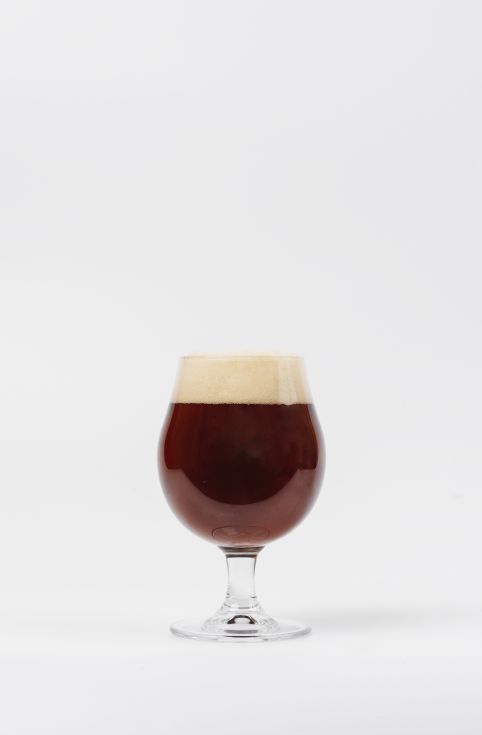For a beer to be considered Wood Aged it need to spend at leat 6 months in a wooden cask. As a result these beers tend to be stronger ones, below 6% ABV is rare. After the strong beer has been aged expect it to be complex and full bodied. It may be sweet but it does not have to be, a small subset of this style is Sour Aged beer. As the beer has been in contact with wood for a number of months it may take on some flavours of what was previously in the cask such as bourbon, port, rum, sherry, whisky or wine. Also as the malt oxidises a more pronounced grainy-ness may be present. Some funkiness may be present is the yeast strain Brettanomyces has been present.
Wood-aged Beers are quite a rarity due to the length of time they take to be made, the longer they are in the cask the longer it takes for the brewer to recoup the money invested in ingredients and of course it ties up a cask which could otherwise be used. This delay is significant as ageing is measured in terms of months, or even years, compared to standard beer which can be sold a number of days after production.
All wood aged beers also have an inherent risk, not all ageing works. After several months left alone there is a chance that the beer is displaying characteristics which the brewer is not happy with or would not have widespread appeal amongst drinkers. If the oxidation of the malt is allowed to go foo far it will result in the distinctive wet cardboard taste which is considered an off flavour. Mistakes made in ageing beer can be very expensive indeed.

Colour
Dark gold to near black, but can be lighter
Clarity
Hazy to cloudy, but clear examples exist
Carbonation
Low
Alcohol
Detectable
Hop
Not present in any great quantities as they are often too volatile to survive the ageing process
Malt
Moderate to Strong
Esters
Fruity esters may be present
Phenols
May be present, possibly as a fruity aroma
Fermentation By-Products
When aged, may have some 'barrel influence'
Body
Medium to full
Carbonation
Low
Finish Length
Long and strong, often coupled with the warm glow associated with stronger beers
Attenuation
Tend to be sweet but with some residual bitterness
Hops
Any variety can be considered, but due to the ageing process not particularly significant
Malt
Any variety can be considered, dependent on the base beer being aged
Water
No specific requirements
Yeast
Any variety can be considered, but consideration should be given to the ageing process, Brettanomyces would be good used if funkiness is desirable